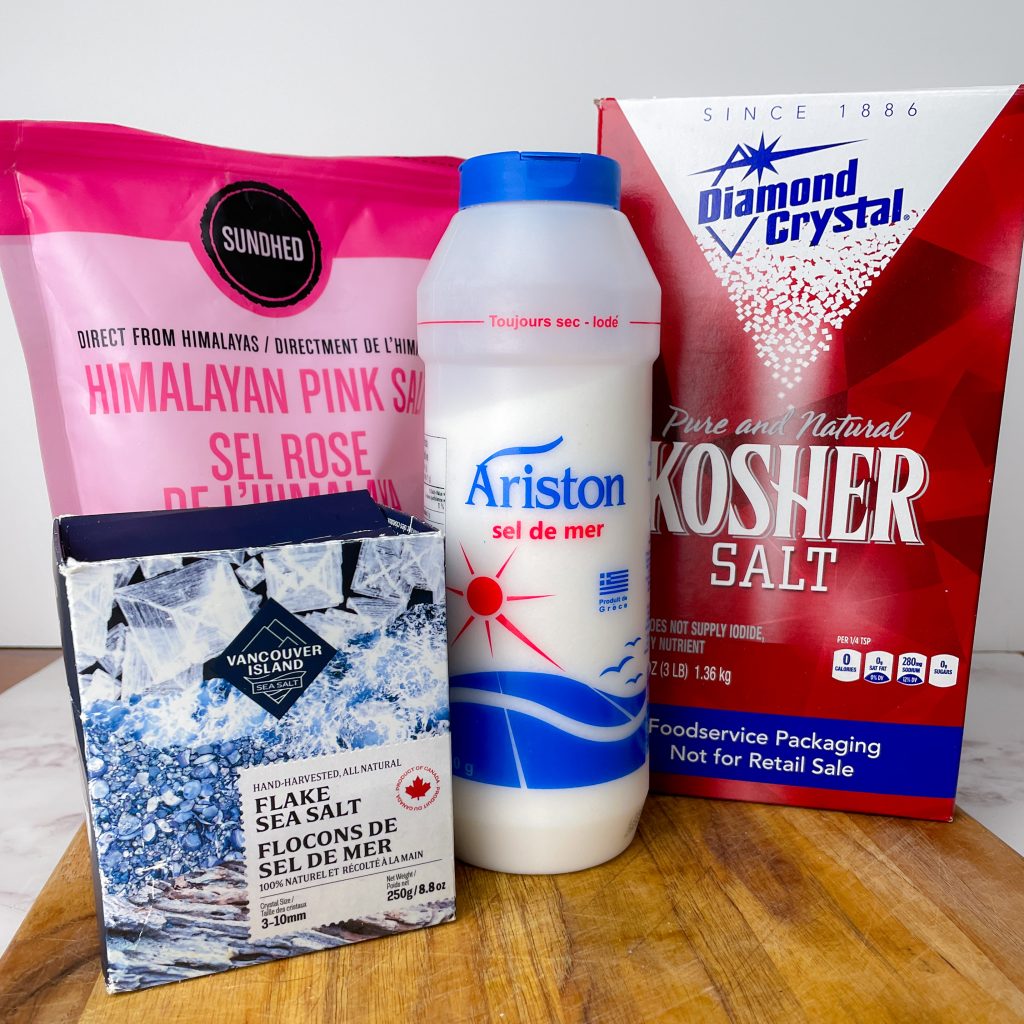This post may contain affiliate links which means I receive a small commission at no cost to you when you make a purchase. As an Amazon Associate, I earn from qualifying purchases.
Are you a cast iron pan enthusiast? Do you know which foods should never be cooked in this popular kitchen staple? There’s a few things to watch out for to protect your pans coating and avoid unwanted transfer of smelly food! Let’s explore these 3 things to never cook in a cast iron pan.
First off, I have to say that there isn’t much you can’t cook in a cast iron pan! Especially once you have a good few layers of seasoning on your pan. Taking care of your pan and using it helps to maintain (and improve) the seasoning so that it becomes a non-stick surface.
You’ll find lots of recipes online that use a cast iron pan beyond just steaks – from pies and s’mores bars to eggs and crepes. While we don’t suggest trying these recipes with a pan right out of the box, you can most definitely dive in once you’ve seasoned and used your pan to get a good non-stick coating.
You’ll find some people doubt that a cast iron pan can be non-stick enough to cook scrambled eggs. I’m here to tell you that with a well seasoned pan it’s not only possible but I prefer it to a traditional non-stick pan! Cast iron skillets are more versatile in the temperatures they can handle and I don’t have to worry about the potentially harmful chemicals (compared to a coated non-stick pan).
Now that we know skillets can cook MOST foods, let’s discuss the foods to avoid.
Acidic Foods
Cooking acidic sauces in cast-iron pans can be a tricky business (when cooked for extended periods of time).
The acidity of the sauce can cause a metal taste to leach into your food. It’s harmless, but it does change the taste of your dish. Additionally, the acid can break down the seasoned coating on the pan, which is a layer of polymerized fat that makes it naturally nonstick.
To avoid these issues, it’s best not to cook acidic foods in your cast-iron pan for more than a few minutes and don’t let them sit in the pan after cooking.
America’s Test Kitchen found that after 30 minutes of cooking tomato sauce in a cast-iron skillet, it began to take on a metallic flavor.
If you’d like to add vibrancy to your meal with a squeeze of lemon, it’s perfectly safe to do so! Just don’t leave the lemon juice in the pan for a long time.
Here are a few acidic meals you want to avoid cooking in your cast iron pan, and instead choose an enamel based cast iron or stainless steel.
- Tomato based dishes
- Slow-braised meats in wine or tomatoes
- Lemon or citrus
- Pineapple
Smelly Foods
When it comes to cast-iron pans, the porous surface is prone to absorb flavor. This is even more likely with newer pans that don’t have a good seasoning on them.
Therefore, you have to be careful about what kind of food you cook in a cast-iron skillet since odors and tastes can linger. Cooking things like fish, shellfish or garlic may impart flavours into your next meal. This would be particularly off putting if you use your pan to make a dessert!
If this is a potential problem, you could purchase a pan that is dedicated to baking. Or for those that enjoy fish regularly, have a dedicated pan for it.
Before Your Skillet is Well-Seasoned, Avoid Sticky Foods
You will see a broad range of foods cooked in cast iron pans – but the pan has been well-seasoned for this to happen. It’s easy to season your cast iron pan if needed!
With a newly seasoned pan, you will want to avoid foods that will stick resulting in a difficult clean up!
Sticky foods to avoid include:
- Eggs, omelets and frittatas
- Pancakes or crepes
- Fried rice
- Breaded foods
- Sugary foods like sauce and desserts
Final Thoughts
When it comes to cooking in a cast iron skillet, there are a few things to consider. Firstly, acidic foods such as tomato-based dishes should be limited due to the potential of metallic flavours and damaging the seasoning on the pan. Secondly, be aware that odors and flavours can linger in the pan so avoid cooking smelly foods if possible. Lastly, don’t cook sticky foods like eggs or rice until you have a well-seasoned skillet. With preparation and care, cast iron skillets can be a great addition to any kitchen!










